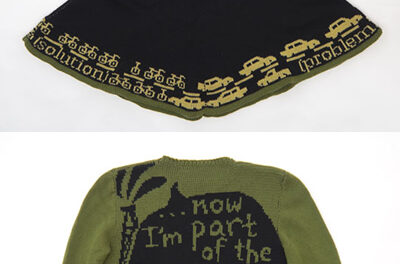Ensemble Vermillian performed a lovely concert of mostly early baroque pieces at St. Stephen’s Episcopal Church. It was part of the North Carolina H.I.P. (Historically Informed Performance) Music Festival. Several like-minded groups have collaborated to present performances from January 27 through February 3 as part of the festival.
Sisters Frances Blaker (recorders) from California and Barbara Blaker Krumdieck (baroque cello) from Davidson with violinist David Wilson form the core of Ensemble Vermillian. For this concert they were joined by NC musicians John O’Brien (harpsichord) and Dan Smith (archlute and baroque guitar). The opening selection, Sonata Decima, from Sonate concertate in stile moderno, libro seconde by Dario Castello (c.1590-c.1658), offered both late renaissance and early baroque styles. The music is mostly modal employing continuo and has the feel of a renaissance courtly dance.
This was followed by Sonata in F, BuxWV 269, by Dietrich Buxtehude (c. 1637-1707). In this piece we heard more of an interplay between the instruments; a conversation of give and take. The Trio Sonata No. 3 in D minor, S.527, by Johann Sebastian Bach (1685-1750), demonstrated the baroque interest in form. One could sense direction, or going somewhere, in this music. The first movement, Andante, is full of joy and energy. The second movement, Adagio e dolce, is a sweet song, and the closing movement, Vivace, is a subtle fugue. The form, development, and style of Bach’s music brought the baroque era to its highest fulfillment. Ensemble Vermillian brought it to life.
The first half of the concert ended with Arcangelo Corelli’s Ciaccona, from the Trio Sonata, Op. 2. Corelli lived from 1653 to 1713 and was widely known as violinist, teacher, and composer. He was a significant influence on Bach, and his concerto grossi remain popular works in the baroque repertoire today. His keen ability to write lilting melodic fragments was illustrated winsomely by this ensemble.
It is interesting to note that Blaker played a renaissance model soprano recorder for the first piece, an alto recorder for the second, and, for the third, a tenor recorder. The timbres of each molded a different blend of sound with the other instruments for these pieces.
In the second half of the program, we heard Sonata Terza “LaCasttello” by little-known Italian composer Giovanni Antonio Pandolfi Mealli (c.1630-1669/70). Performed with alto recorder, cello, baroque guitar, and harpsichord, it is essentially a recorder solo with continuo. It begins with a beautiful dolorous melody that evolves into a charming display of technical grace.
Next heard was the Sonata à 3 by Antonio Bertali (1605-1669); after a slow opening, it launches into a spritely dance with dazzling runs.
The program returned to Buxtehude with a performance of his Sonata I in F, Op 1. Somewhat unique in style and form, this piece casts each instrument (harpsichord, violin, cello and archlute) as an equal in various combinations and dialogues. It is a sumptuous piece that was performed with clear affection and class.
The concert ended with a lively vocal piece arranged for instruments: “Zefiro torna,” from Scherzi musicale, by the master of the madrigal and church music and shaper of early opera, Claudio Monteverdi (1567-1643). All the instrumentalists were involved in the dazzling piece; Blaker played the soprano recorder and Smith used a baroque guitar.
Ensemble Vermillian, through their technical skill, considerable instrumental knowledge, and dedication to early music delivered a concert to delight the ear. For all the HIP music, we are grateful. It gives us entry to a gentler, less complicated era.











